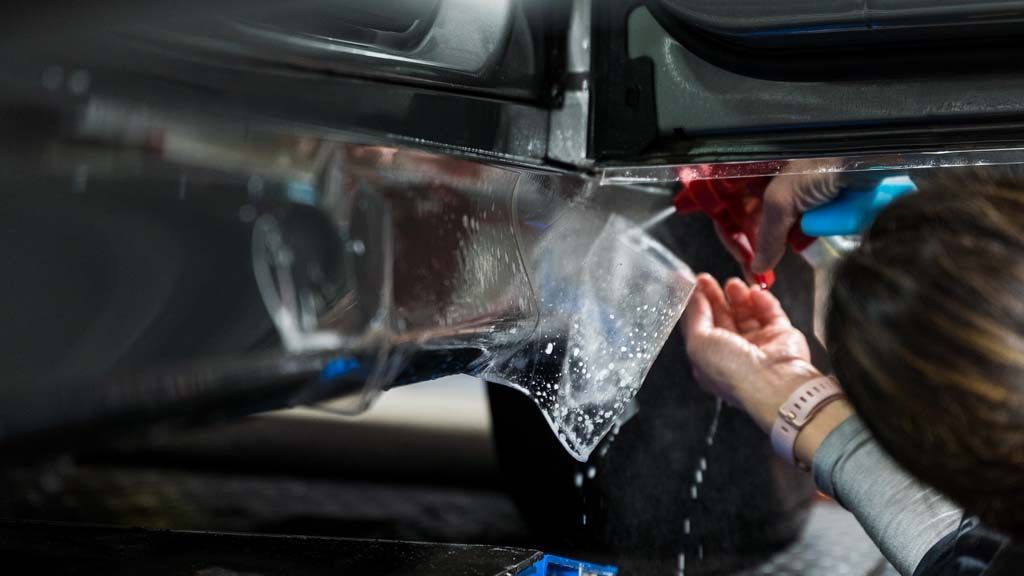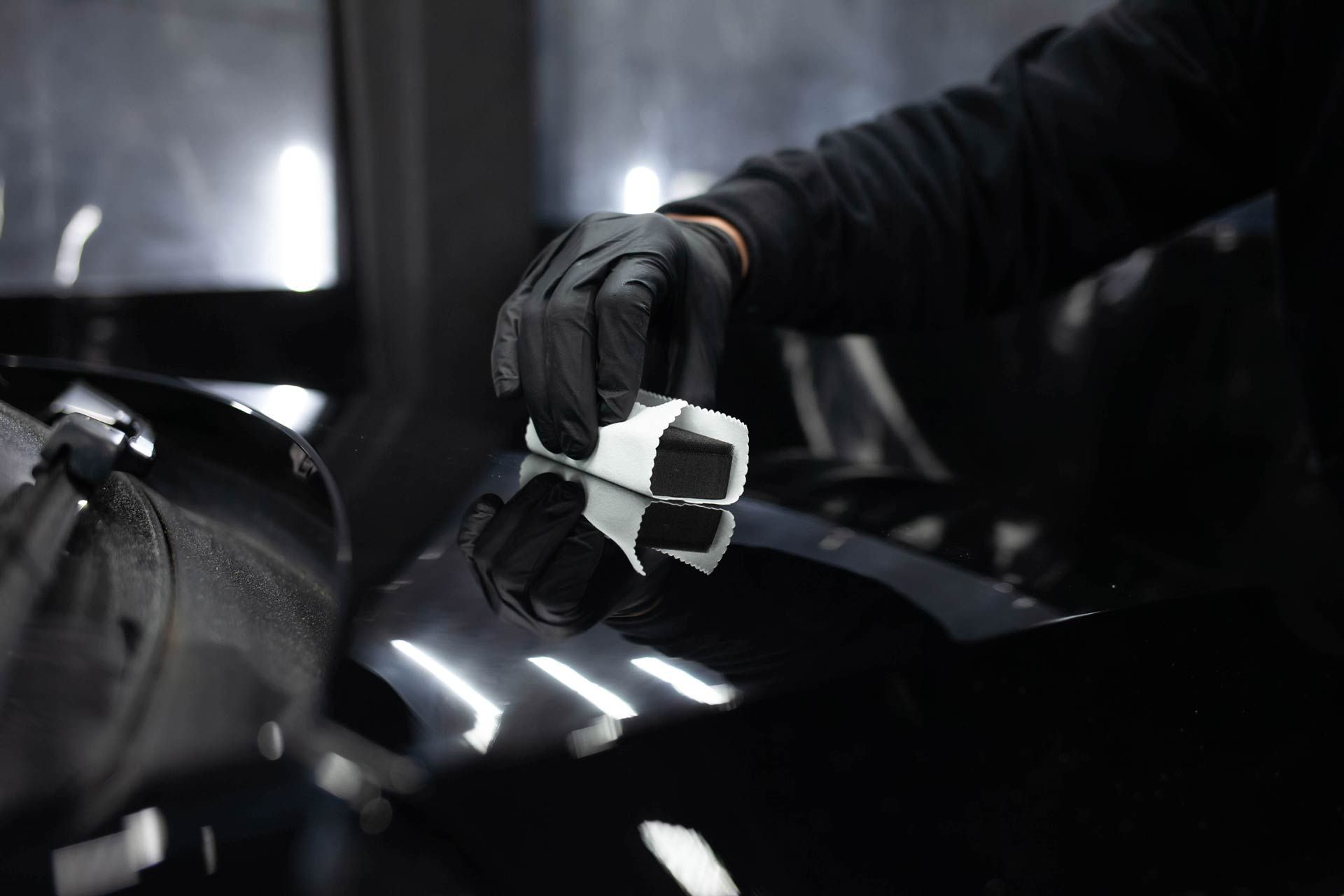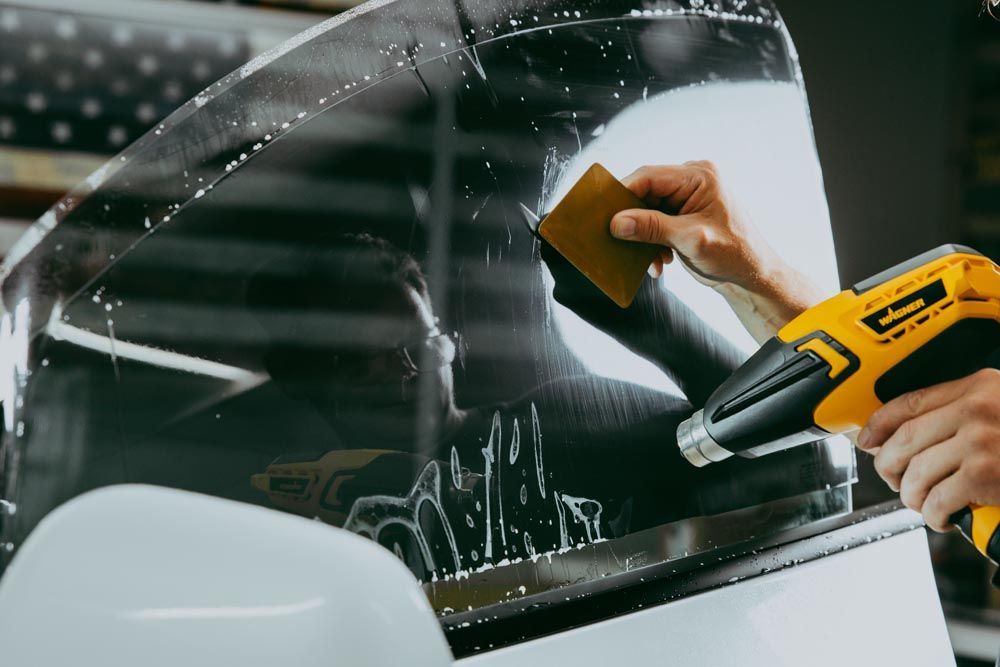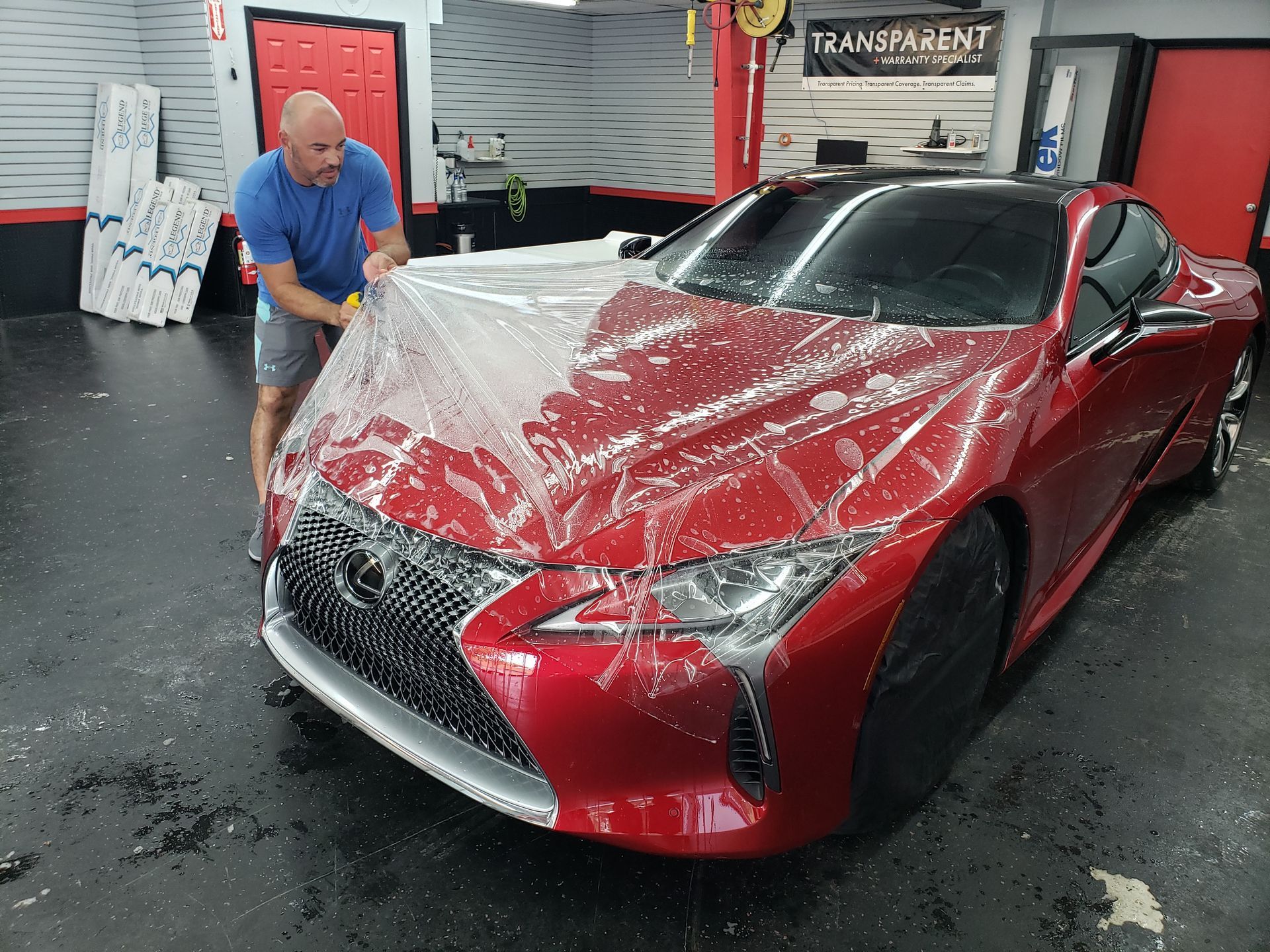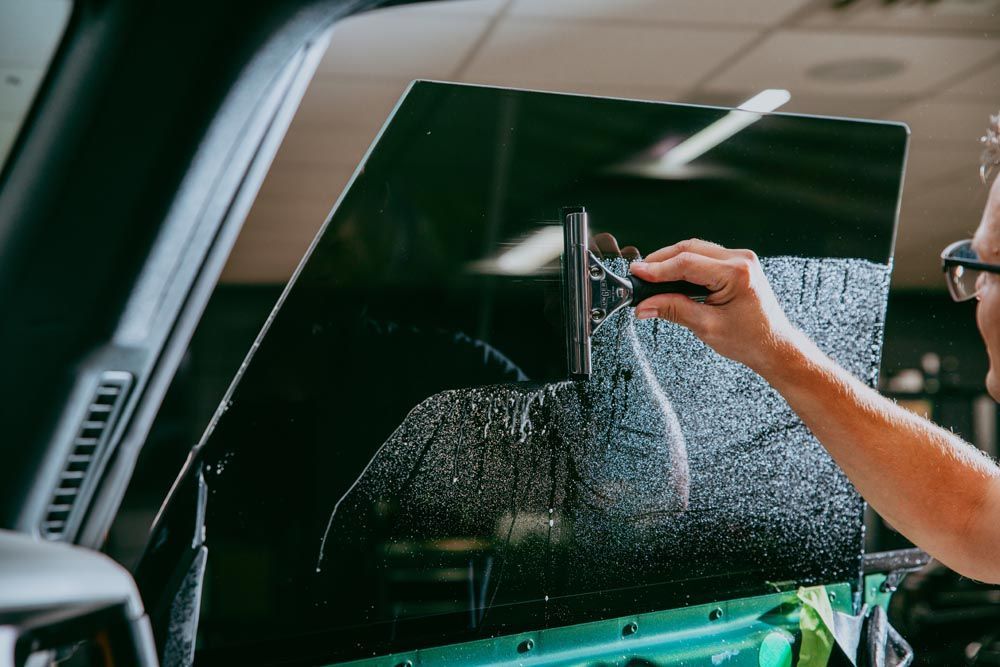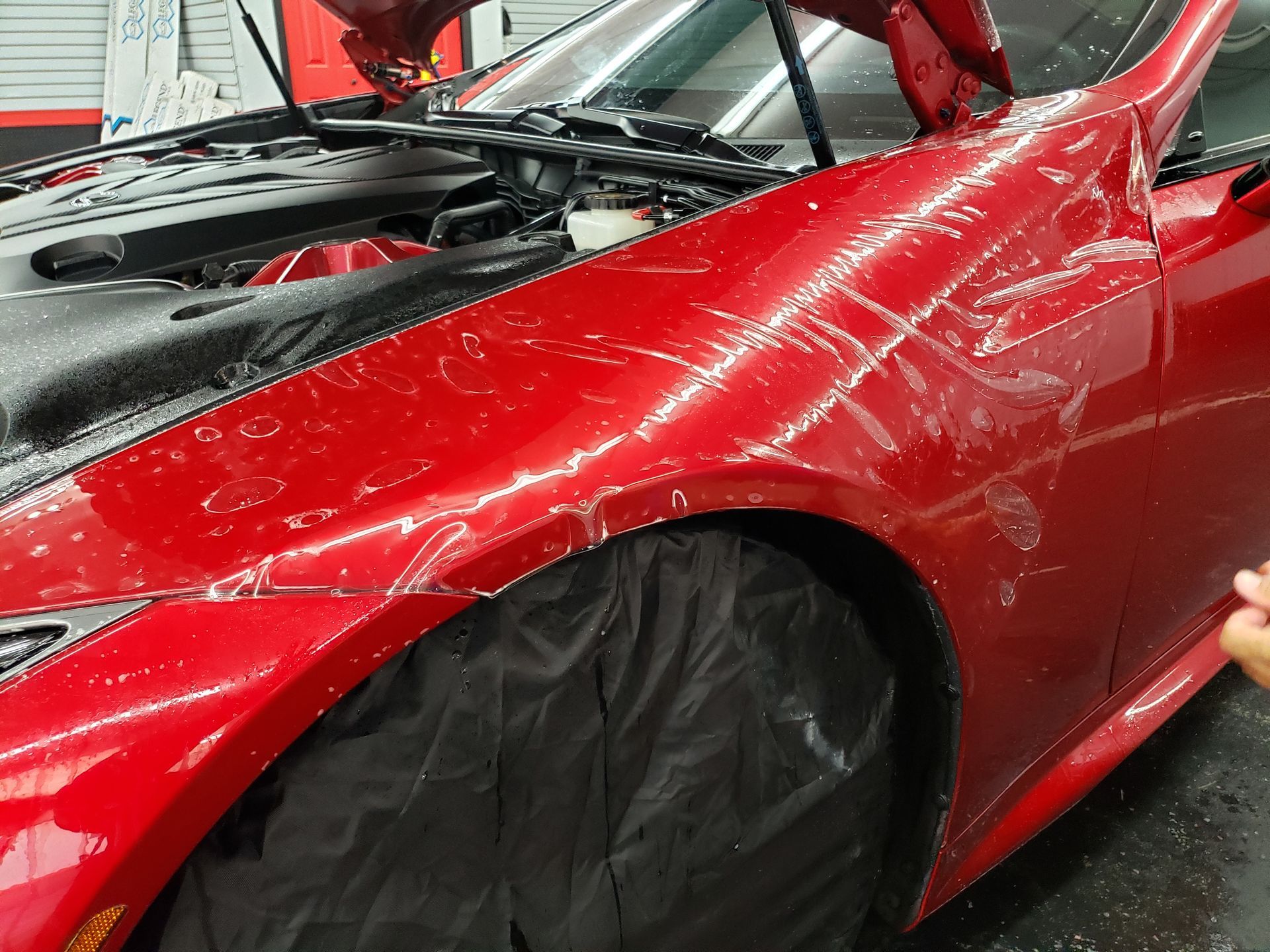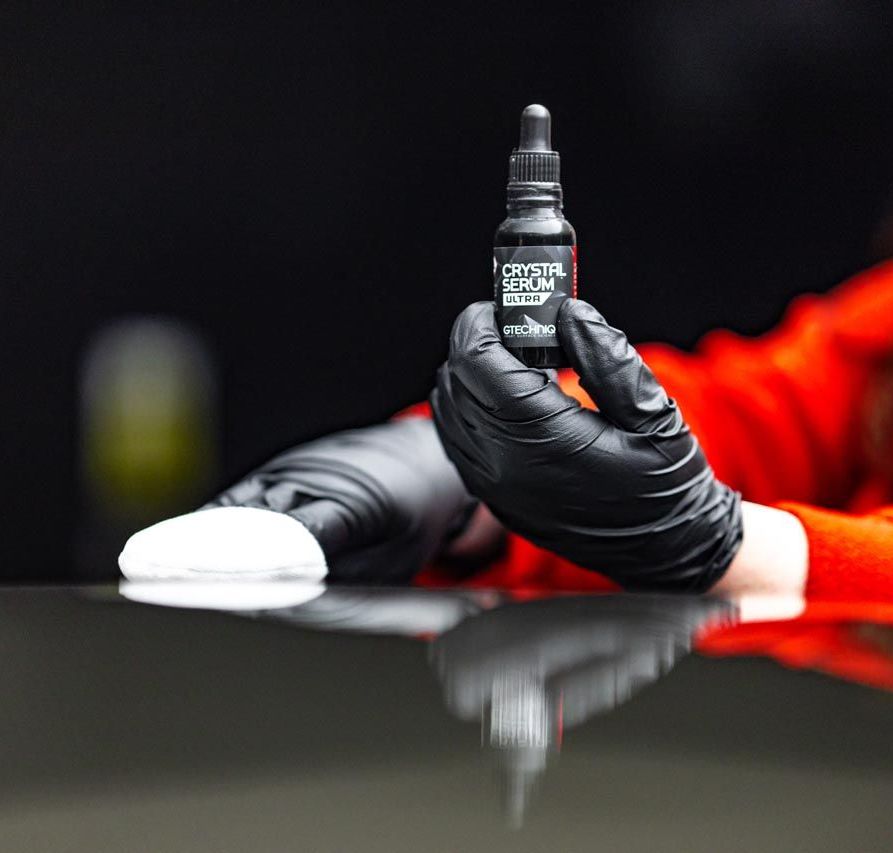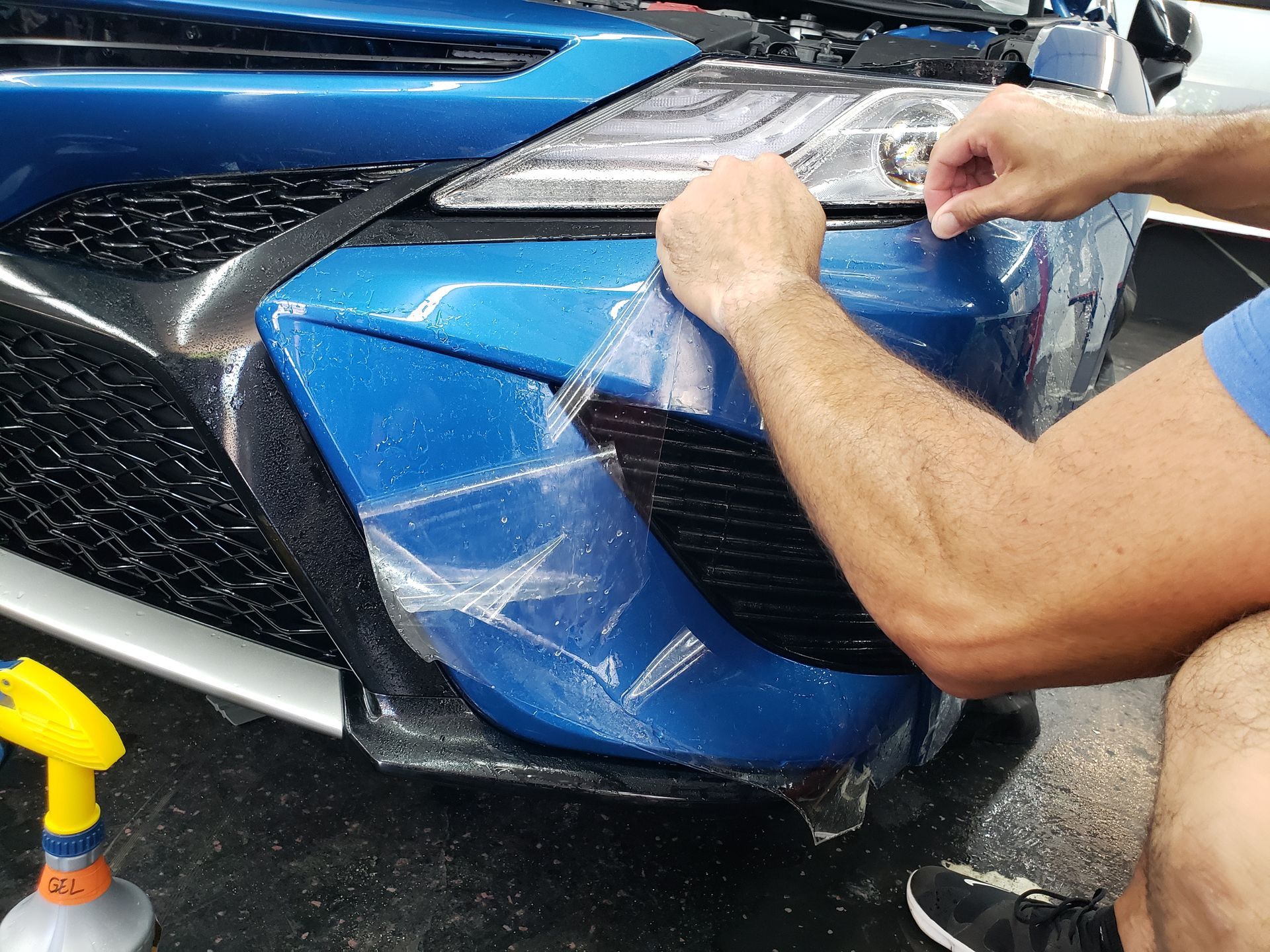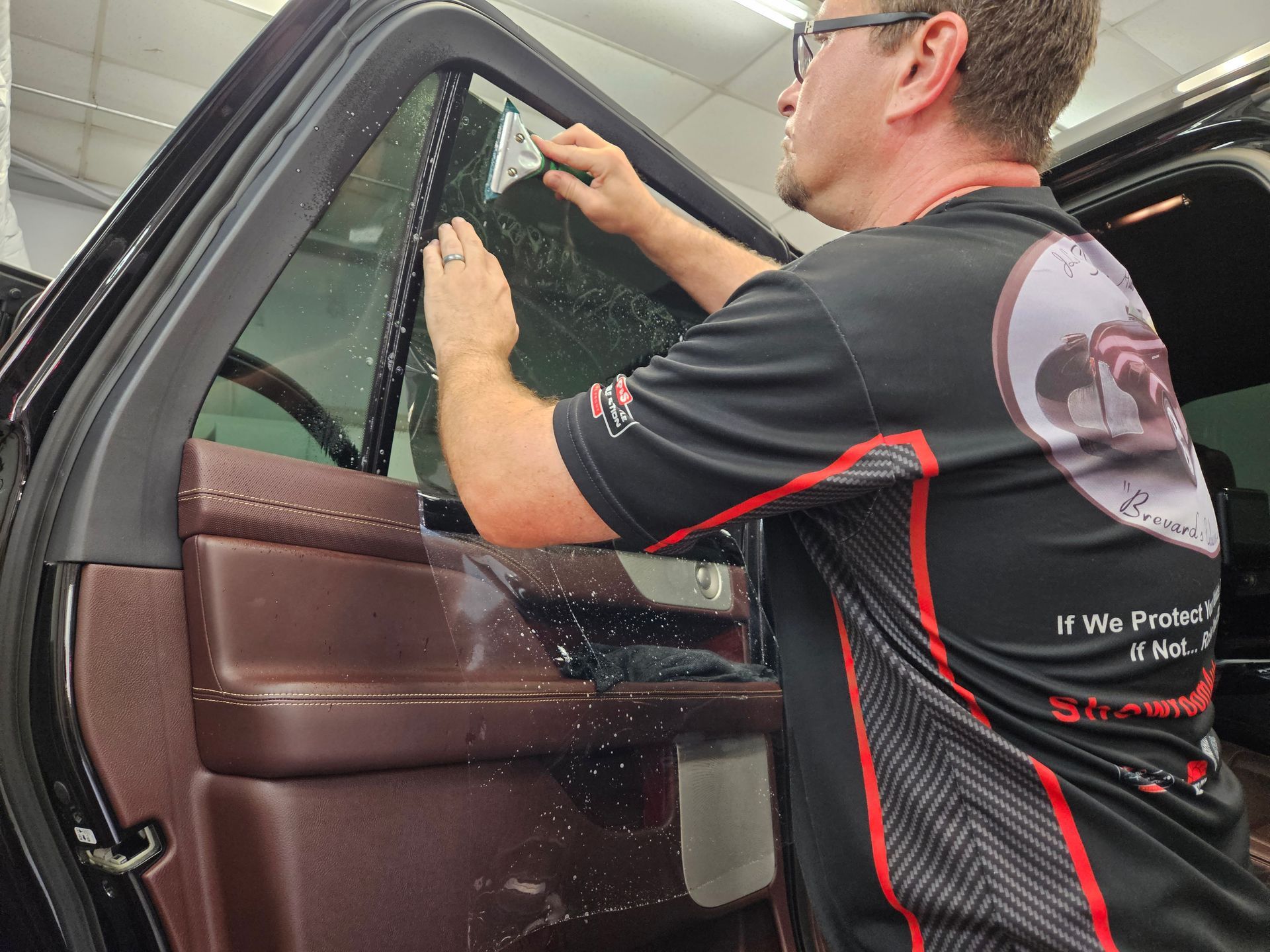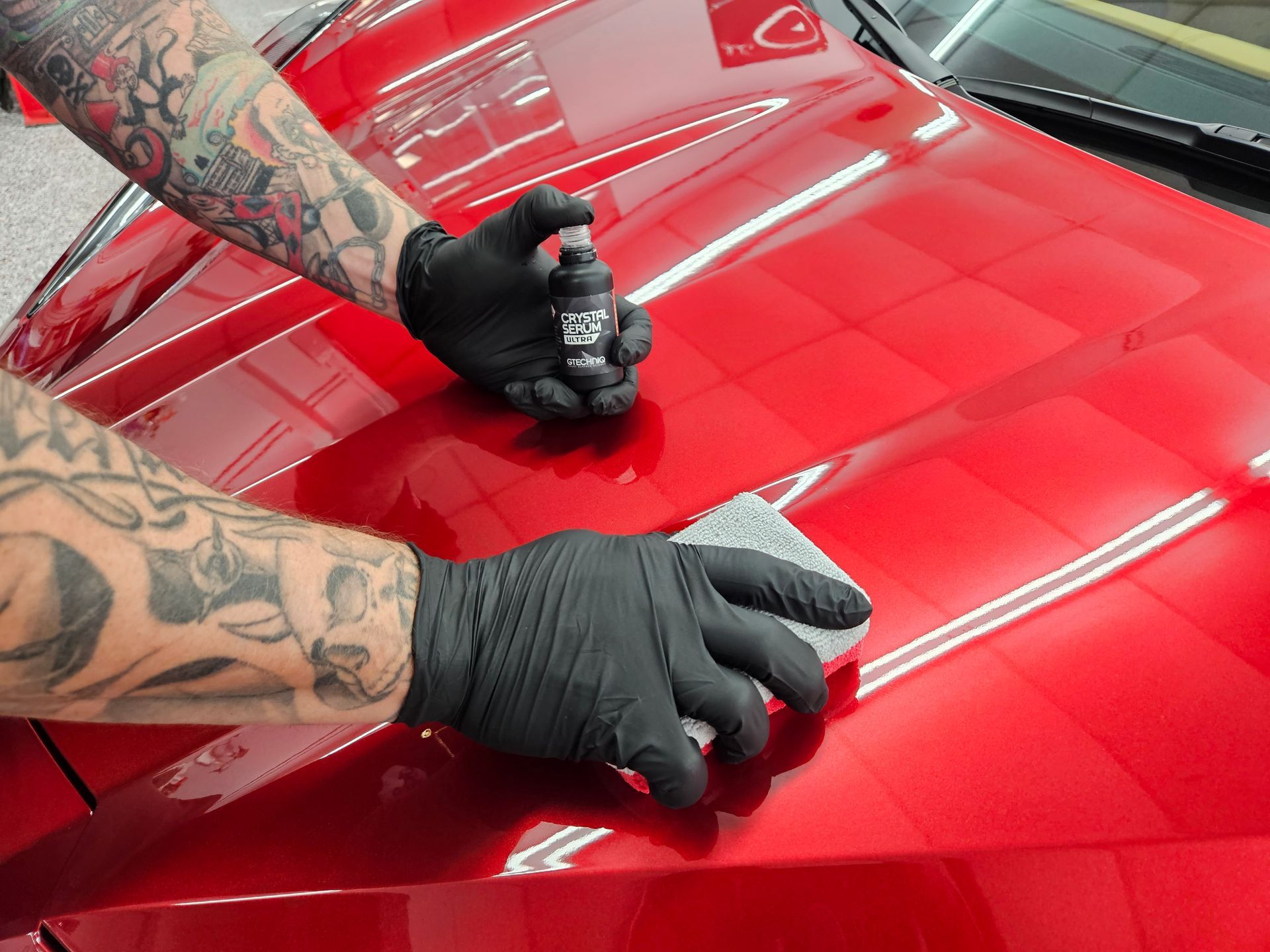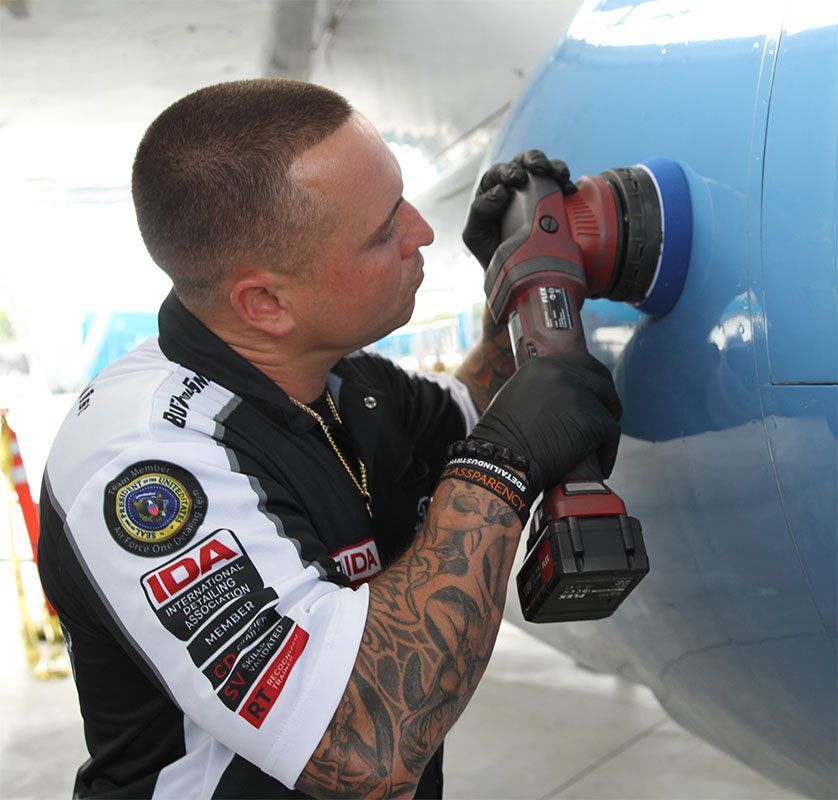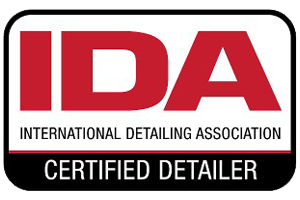By SEO Team
•
February 27, 2025
When it comes to protecting your vehicle, most people think of the usual concerns—like minor scratches or the occasional bird dropping. But did you know that seasonal challenges can truly put your car’s paint at risk? Ice, snow, salt, and scorching sun can all leave their mark if you’re not careful. Enter Paint Protection Film (PPF), a game changer for vehicle owners seeking to keep their cars looking pristine no matter the weather. Imagine having a shield that not only keeps unsightly blemishes at bay but also enhances your car's overall appearance! In this article, we'll explore how PPF can help safeguard your vehicle against extreme seasonal elements while ensuring it maintains its value and beauty over time. Paint Protection Film (PPF) effectively safeguards vehicles from harsh environmental elements such as ice, snow, salt, and intense UV rays, which can cause damage to the paint. By applying PPF, vehicle owners can mitigate the risk of corrosion, fading, and scratches resulting from these extreme weather conditions, preserving their vehicle's appearance and value over time. Pros and Cons of PPF in Severe Weather One of the most lauded benefits of paint protection film is its remarkable ability to safeguard your vehicle against minor abrasions. Imagine navigating through a treacherous road littered with pebbles during a fierce rainstorm; PPF effectively absorbs those small hits that could otherwise leave unsightly dings or scratches on your car's surface. Additionally, it serves as a shield against harmful UV rays, bird droppings, and various chemical contaminants—all potential assailants on your car’s gleaming finish. Imagine you're parked outdoors during a heavy downpour. Without PPF, those corrosive elements would quickly make their way to the paint, putting your vehicle at risk for rusting and discoloration. Research indicates that vehicles with PPF show an impressive 30% reduction in paint damage over five years in regions plagued by severe weather. This statistic underscores the practical reality: applying PPF is akin to wrapping your vehicle in a protective layer that stands as a barrier against nature’s harshest challenges. However, while the pros are compelling, it's crucial to weigh them against the less favorable aspects of PPF. Cons On the flip side, the expenses associated with PPF can be daunting for many car owners. The cost typically ranges from $500 to $2000, influenced heavily by the type of vehicle and the area you want covered. When considering this investment, you might find yourself pondering whether this price tag justifies the benefits it brings. Moreover, proper maintenance is essential for ensuring its longevity; neglecting routine checks can lead to premature wear or peeling. It's also critical to consider how PPF reacts over time. Although it does offer protection, it can become discolored or damaged from extreme heat or poorly executed installations if not handled correctly. That said, these upfront costs and maintenance efforts often yield substantial long-term benefits—substantially reducing the need for costly paint repairs down the line. As we continue exploring this topic, we will examine how this film not only offers protection but also contributes to enhancing a vehicle's overall appearance over time. Enhancements from PPF for Vehicles Beyond mere protection, Paint Protection Film (PPF) elevates your vehicle's aesthetic charm and market worth. The smooth, glossy finish not only creates an eye-catching sheen but also helps to maintain that “new car” look long after you’ve driven off the lot. A well-installed PPF can mask imperfections that would otherwise detract from the appearance of your paint job, keeping your car looking sharp while creating a barrier against common road debris and weather conditions. When choosing PPF, it’s wise to opt for films equipped with self-healing properties. This technology significantly boosts the film’s effectiveness in preserving your vehicle's pristine appearance by reducing the visibility of scratches and swirl marks. With self-healing capabilities, minor abrasions tend to disappear without any intervention. Self-Healing Technology At its core, self-healing film is made from a thermoplastic polyurethane material designed to repair itself when exposed to heat. Just a bit of warmth—from sunlight or even hot water—activates this incredible feature, allowing small scratches to fade away almost as if they were never there. Imagine driving down a gravel road, confident that those little nicks and scuffs will vanish under the sun’s warm embrace. These enhancements help maintain the vehicle's impeccable appearance while playing a crucial role in preserving its resale value by safeguarding the original factory finish. By investing in PPF with self-healing properties, you're not just protecting your car; you’re making a smart financial decision that can pay off when it's time to sell or trade it in. With these impressive features, we now turn our attention to how to safeguard against the challenges posed by extreme temperature changes throughout the year.

